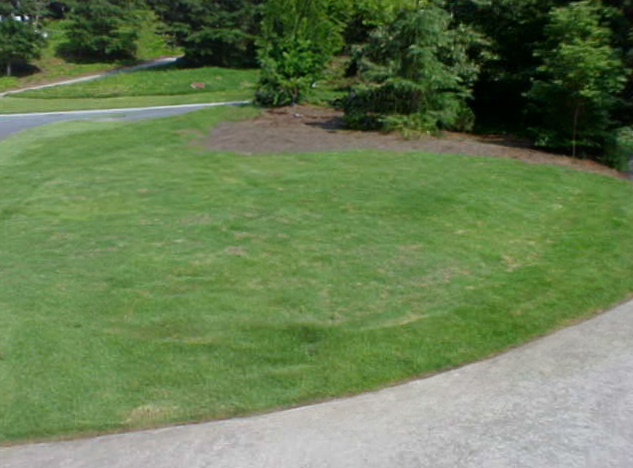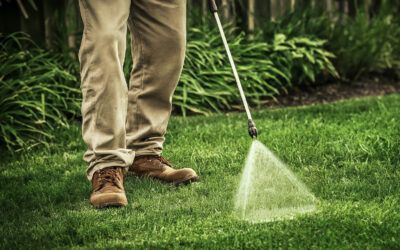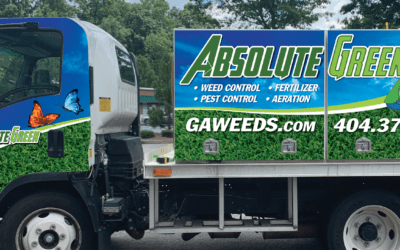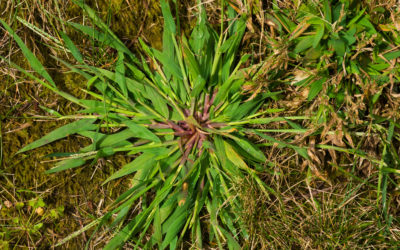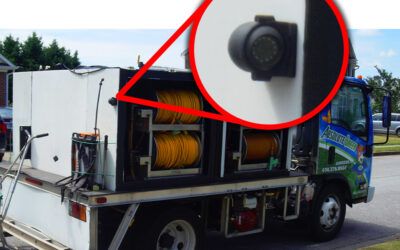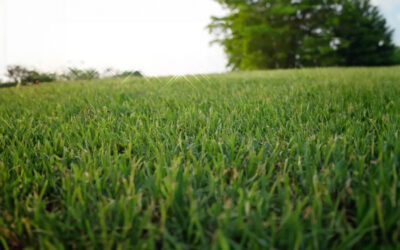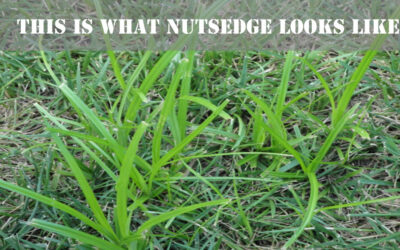Zoysia Grass
Zoysia grass is a warm-season turfgrass known for its soft texture, heat tolerance, and dense growth. Originating in Asia, Zoysia has been cultivated and adapted for lawns in the United States for decades, making it a favorite among Georgia homeowners for its beauty and resilience.
Zoysia is a versatile option for grass that thrives when its strengths align with your location, lawn care goals, and how you use your lawn. Known for its resilience, Zoysia stands up to heat, drought, heavy foot traffic, and other challenges. In its optimal growing zones, it can create a beautiful, dense lawn with minimal maintenance. If these factors match your needs, Zoysia may be the right choice for your yard.
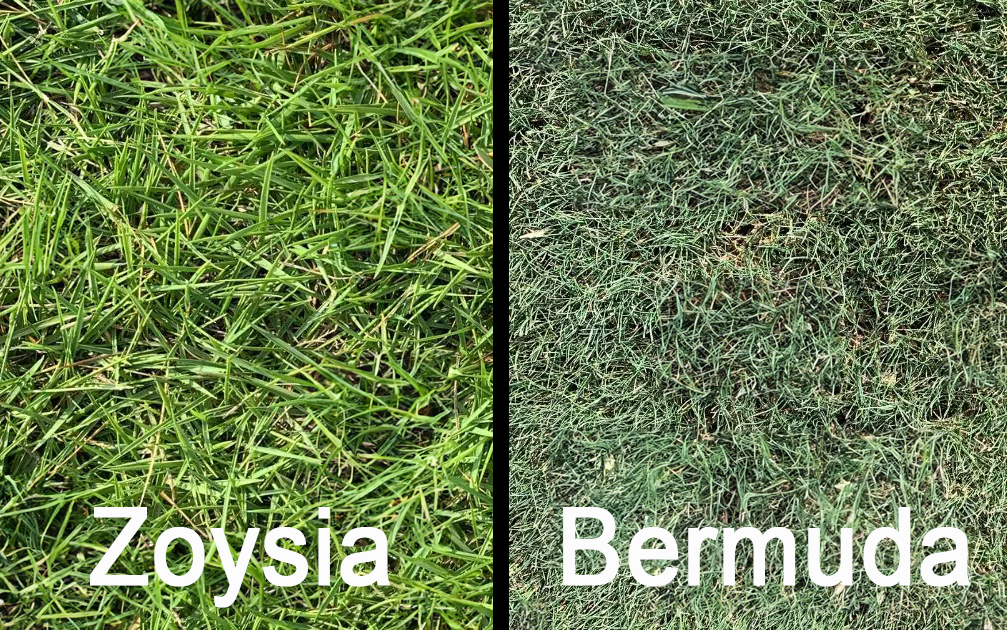
Seasonal Changes
Late Spring/Early Summer:
Zoysia begins to green up as temperatures warm, typically in May or June. Light fertilization at this stage encourages healthy growth.
Summer:
Zoysia thrives and grows best in the heat of summer in temperatures 80 degrees and higher. Mow consistently at a height of 1.5–2 inches, and water deeply but infrequently to maintain its lush appearance.
Fall:
As temperatures cool, Zoysia’s growth slows. In many cases, the grass retains some green color into the fall. Apply a pre-emergent herbicide to prevent winter weeds. Avoid fertilizing in late summer or fall to minimize the risk of winter damage.
Winter:
Zoysia goes dormant, turning brown in colder areas, though it may keep some green color during mild Georgia winters. Protect the lawn from excessive foot traffic to avoid damaging dormant grass.
Early Spring:
As Zoysia emerges from dormancy, scalp the lawn to remove thatch and encourage new growth. See our blogpost about dethatching for information on this. This process helps the grass establish a strong start for the growing season.
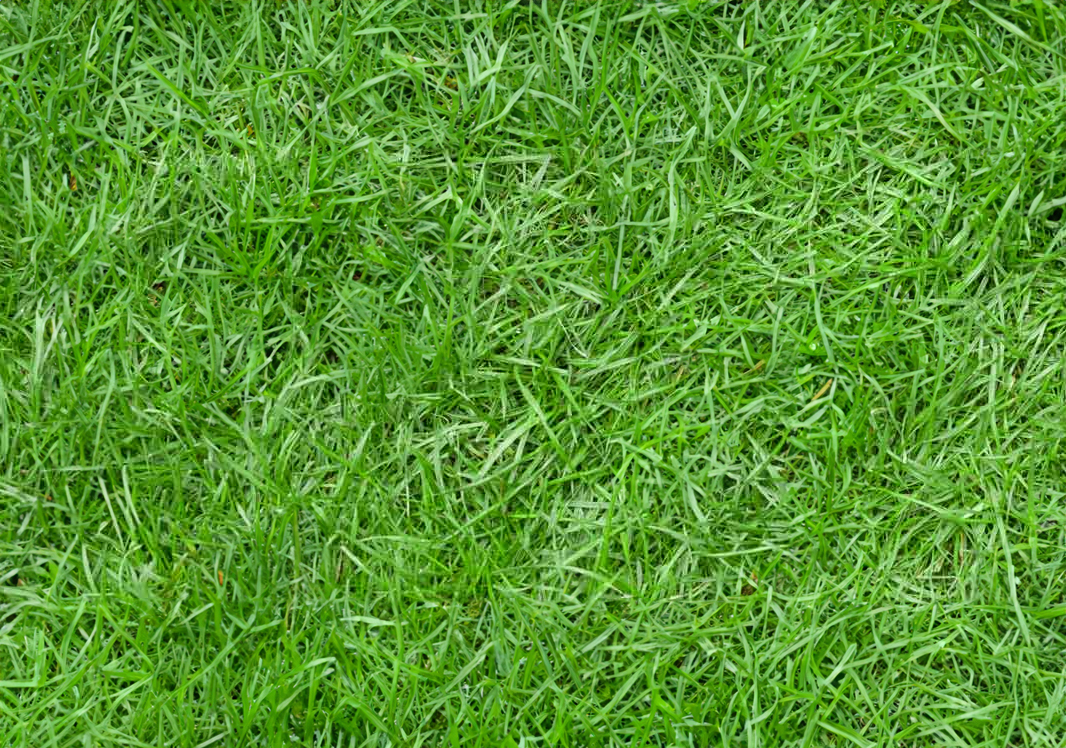
Tips for Maintaining Zoysia Grass
Mowing: Maintain a height of 1.5–2 inches. Avoid removing more than 1/3 of the blade length at a time.
Watering: Provide about 1 inch of water weekly, adjusting based on rainfall. Water deeply and less frequently to promote strong roots.
Fertilizing: Fertilize early in the growing season and avoid late-season applications. This prevents winter damage.
Weed Control: Use pre-emergent herbicides to prevent weeds and post-emergent herbicides to eliminate existing ones.
Aeration: Aerate annually to reduce soil compaction and improve nutrient absorption.
Zoysia grass offers a perfect blend of beauty and durability, making it a top choice for Georgia lawns. To ensure your Zoysia lawn thrives year-round, trust the experts at Absolute Green Landscaping. Contact us at 404-376-9554 for professional lawn treatment!
Hope to hear from you soon!
Zoysia Grass
Zoysia grass is a warm-season turfgrass known for its soft texture, heat tolerance, and dense growth. Originating in Asia, Zoysia has been cultivated and adapted for lawns in the United States for decades, making it a favorite among Georgia homeowners for its beauty and resilience.
Zoysia is a versatile option for grass that thrives when its strengths align with your location, lawn care goals, and how you use your lawn. Known for its resilience, Zoysia stands up to heat, drought, heavy foot traffic, and other challenges. In its optimal growing zones, it can create a beautiful, dense lawn with minimal maintenance. If these factors match your needs, Zoysia may be the right choice for your yard.

Seasonal Changes
Late Spring/Early Summer:
Zoysia begins to green up as temperatures warm, typically in May or June. Light fertilization at this stage encourages healthy growth.
Summer:
Zoysia thrives and grows best in the heat of summer in temperatures 80 degrees and higher. Mow consistently at a height of 1.5–2 inches, and water deeply but infrequently to maintain its lush appearance.
Fall:
As temperatures cool, Zoysia’s growth slows. In many cases, the grass retains some green color into the fall. Apply a pre-emergent herbicide to prevent winter weeds. Avoid fertilizing in late summer or fall to minimize the risk of winter damage.
Winter:
Zoysia goes dormant, turning brown in colder areas, though it may keep some green color during mild Georgia winters. Protect the lawn from excessive foot traffic to avoid damaging dormant grass.
Early Spring:
As Zoysia emerges from dormancy, scalp the lawn to remove thatch and encourage new growth. See our blogpost about dethatching for information on this. This process helps the grass establish a strong start for the growing season.

Tips for Maintaining Zoysia Grass
Mowing: Maintain a height of 1.5–2 inches. Avoid removing more than 1/3 of the blade length at a time.
Watering: Provide about 1 inch of water weekly, adjusting based on rainfall. Water deeply and less frequently to promote strong roots.
Fertilizing: Fertilize early in the growing season and avoid late-season applications. This prevents winter damage.
Weed Control: Use pre-emergent herbicides to prevent weeds and post-emergent herbicides to eliminate existing ones.
Aeration: Aerate annually to reduce soil compaction and improve nutrient absorption.
Zoysia grass offers a perfect blend of beauty and durability, making it a top choice for Georgia lawns. To ensure your Zoysia lawn thrives year-round, trust the experts at Absolute Green Landscaping. Contact us at 404-376-9554 for professional lawn treatment!
Hope to hear from you soon!

